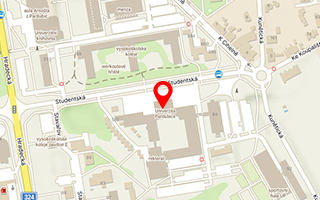Publikace detail
Retrofit of non-seismically designed beam-column joints by post-tensioned superelastic shape memory alloy bars
Autoři:
Yurdakul Özgür | Tunaboyu Onur | Avsar Ozgur
Rok: 2018
Druh publikace: článek v odborném periodiku
Název zdroje: Bulletin of Earthquake Engineering
Název nakladatele: Springer
Místo vydání: Heidelberg
Strana od-do: 5279-5307
